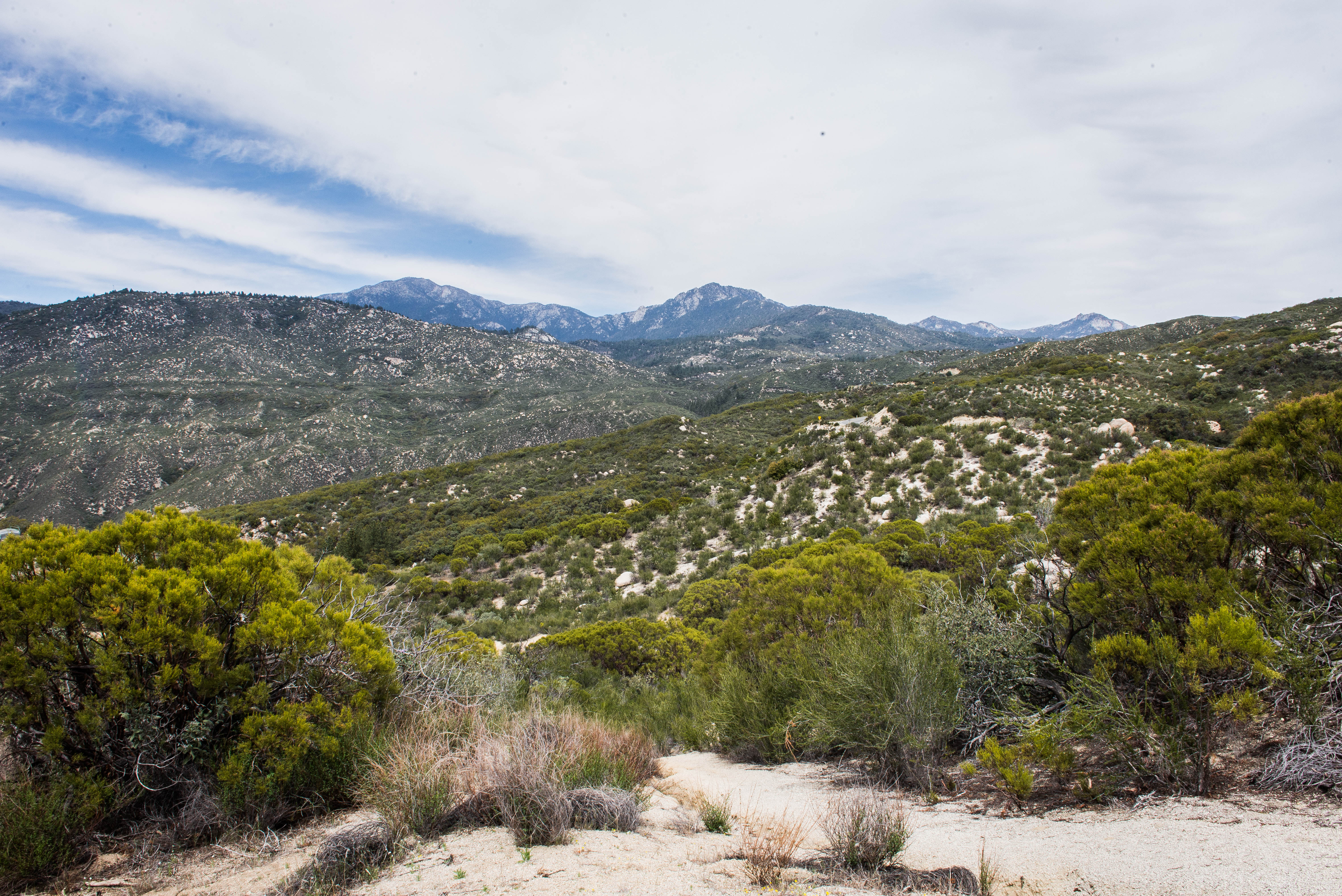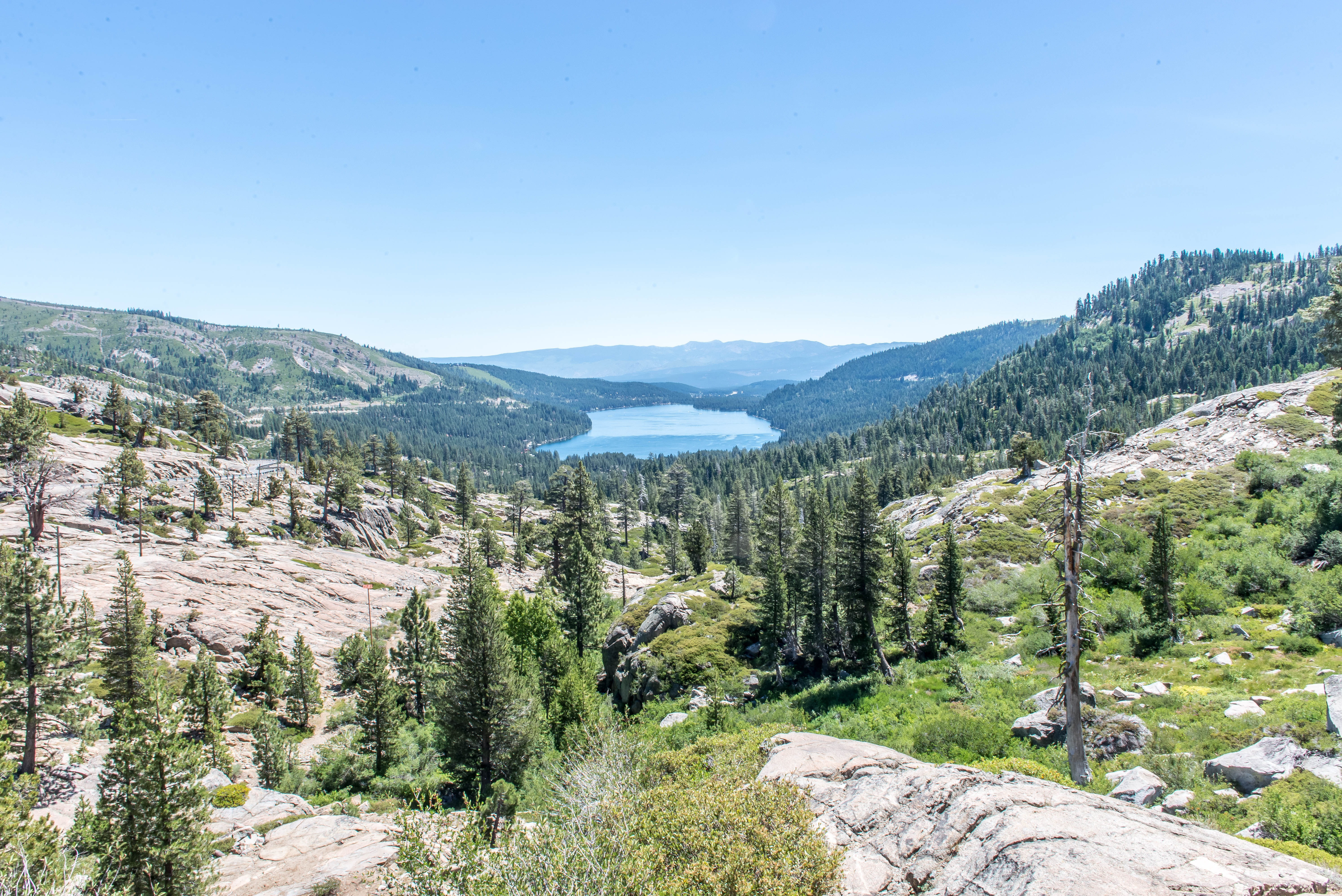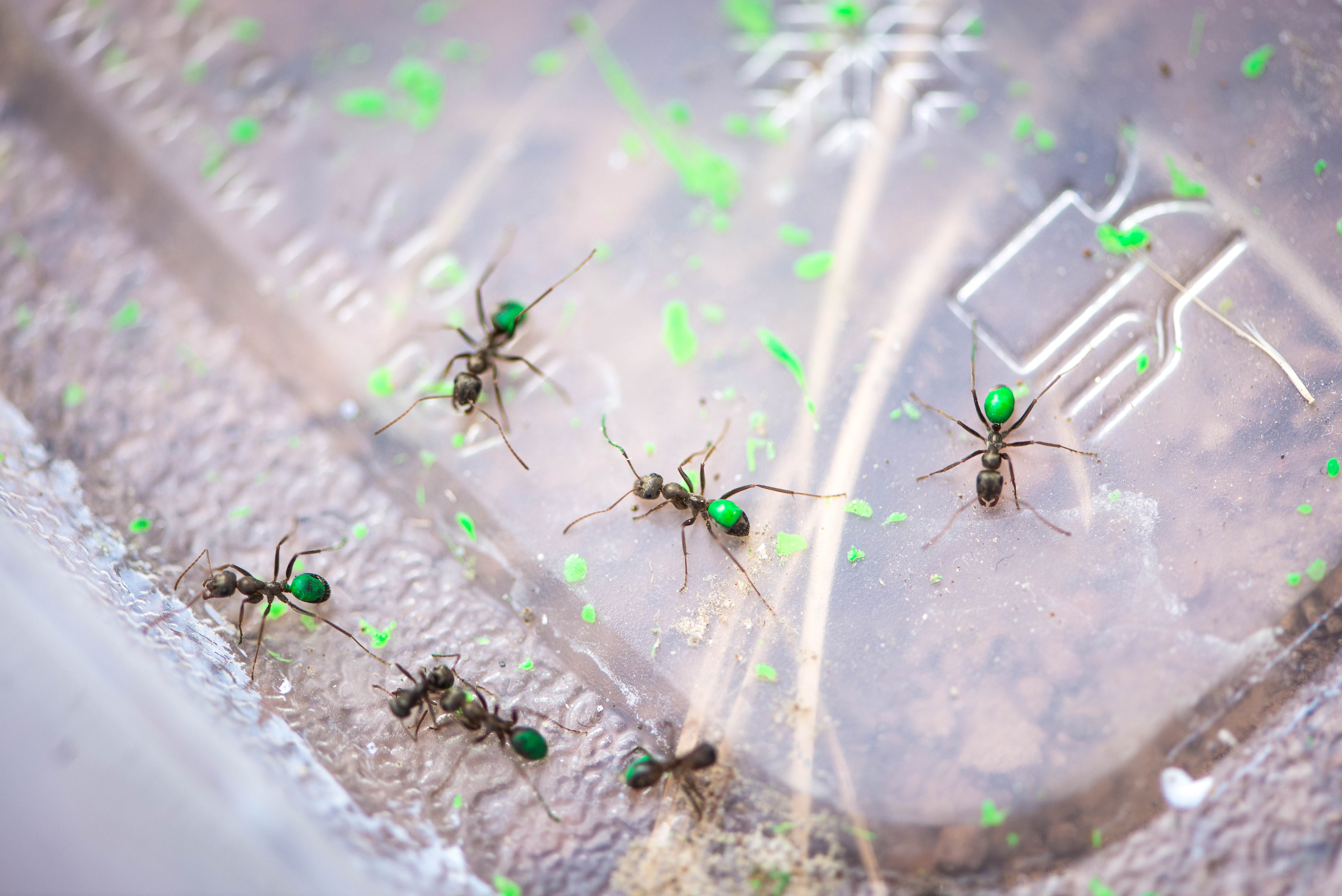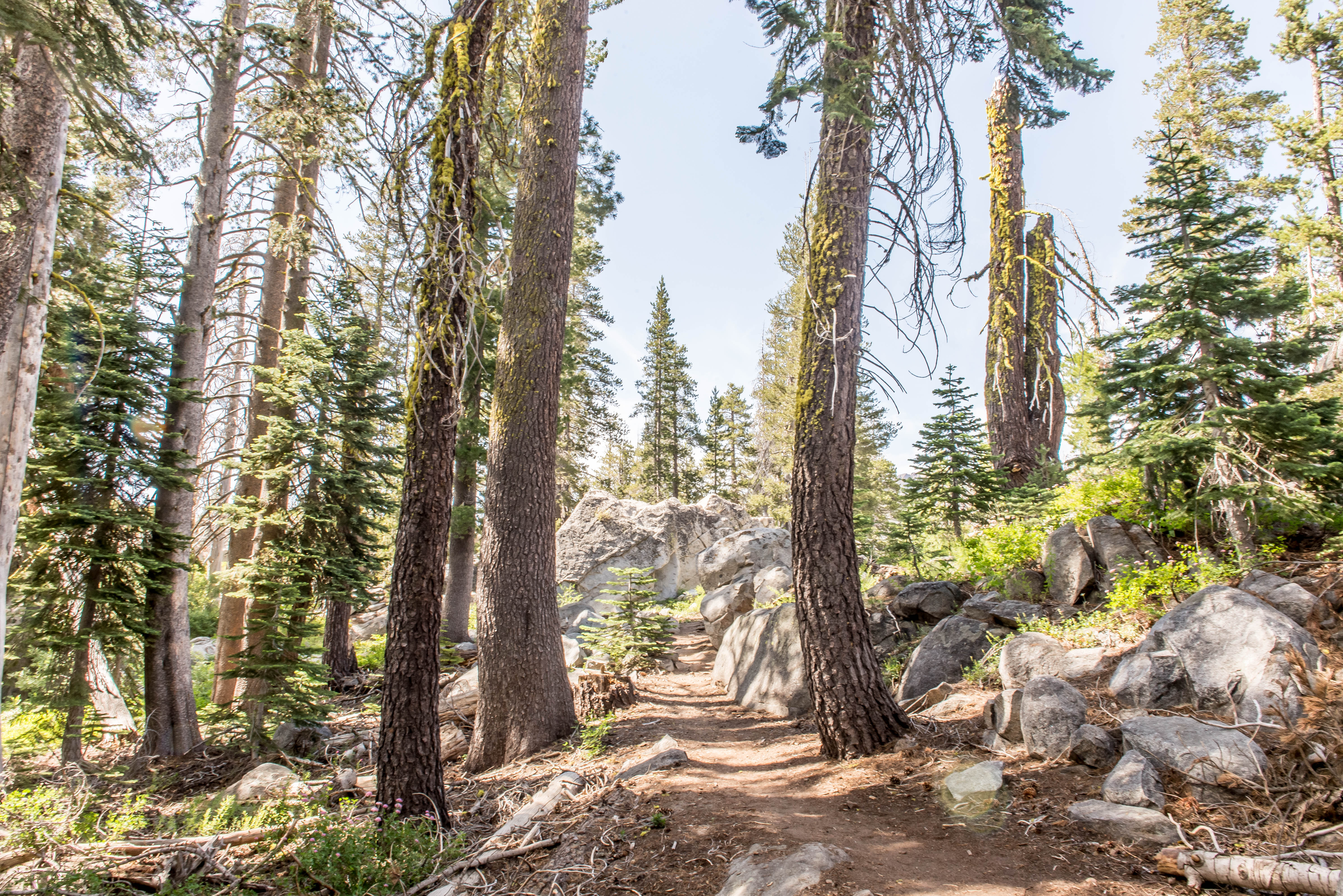Assistant Professor
Department of Entomology
University of California, Riverside
jpurcell@ucr.edu
phone:951-827-7258
Blog
Collecting Ants and Soil Throughout California Mountains
October, 2018Madison Sankovitz
Ants are some of the most widespread and numerous insects on Earth, comprising an estimated 15-20% of all terrestrial animal biomass. Along with their dominance of so many different biomes, ants contribute significantly to the modification and maintenance of ecosystems. Ants are considered ‘ecosystem engineers’, which means that they change the biological, chemical, and physical properties of the habitats in which they live. Many ants nest in soil, which they modify through foraging and nutrient cycling, as well as nest excavation. We know that ants significantly modify the soil in and around their nests, but not the extent to which this occurs in different ecosystems. I’m interested in how abiotic factors that vary between ecosystems, like temperature and precipitation, play a role in how ants interact with the soil of those ecosystems. To investigate this, I’m conducting a study with data from two California mountain ranges: San Jacinto and Sierra Nevada.

Formica ants at their nest entrance
To investigate the properties of ant nest soil across various ecosystems, I took advantage of elevational gradients. These large transects extend across the high and low areas of mountain ranges, making it possible to study a species in a relatively small geographic area, but across various natural temperatures and precipitation levels. For my study, I am investigating the nest soil of three ant species across the San Jacintos and Sierra Nevadas.

San Jacintos
This summer, I set out into the field to find nests and collect soil from in and around them. This consisted of a lot of driving around to different elevational sites and looking for nests. Once I found a nest, I marked a waypoint for it on my GPS. I did this for 50 nests in each mountain range. After I was sure that I had a large enough sample size with good coverage across an elevational gradient, I revisited each nest to collect data. This consisted of collecting eight workers for genetic analyses, soil from the nest itself, and soil from a control area at least 10 m away from the nest.

One of my field sites in the Sierra Nevadas, Donner Pass
I also wanted to estimate how large these colonies are, so I did mark-recapture on a subset of colonies in the elevational extremes of my transects. In this protocol, I collected as many ants as possible in 30 min increments throughout a day, painted their abdomens with bright enamel paint, and released them at their nest entrance. The next day at the same times, I went back to those nests, collected the same number of individuals, and counted the proportion of those individuals that were painted. This approach gave me an estimate of colony size based on a calculation called the Lincoln Index.

Formica ants painted during mark-recapture
The Sierra Nevada portion of my fieldwork took three weeks, and during that time I stayed at the University of California (UC) Berkeley Sagehen Creek Field Station. This research and teaching facility is located in the Central Sierra Nevada north of Truckee. The station is embedded within the 9,000-acre Sagehen Experimental Forest, one of the locations I collected samples from. While I was staying there, I got the opportunity to meet students from UC Berkeley who are also studying entomology. Additionally, my mom assisted me with some of my fieldwork and was a huge help! Thanks, mom! I’m lucky to be able to study a topic that is fascinating to me while working outside and exploring some of the most beautiful areas of California.
The invisible barn at Sagehen Creek Field Station
With my ant and soil samples collected, my next steps are to measure the moisture, pH, and C/N content of the soil samples and extract the ant DNA for genetic analyses. These data will give me information about the role that environment plays, if any, in the extent to which ants modify the soil in and around their nests.

Another one of my field sites, the Glacier Loop Trail in the Sierra Nevadas




